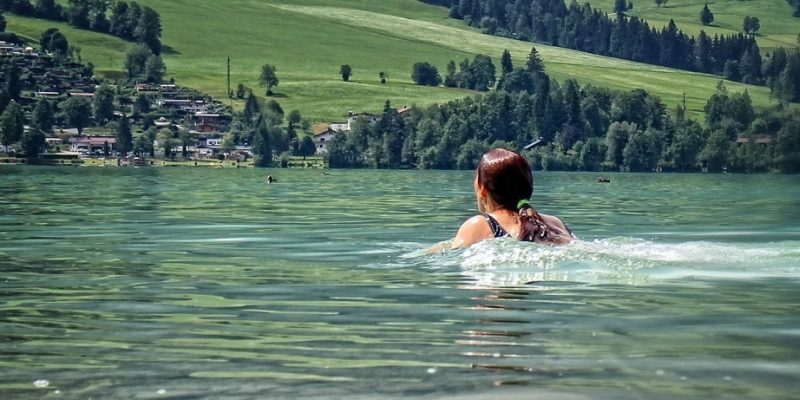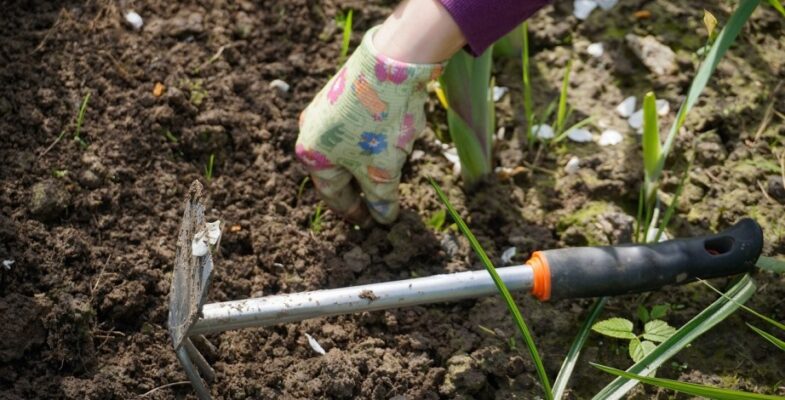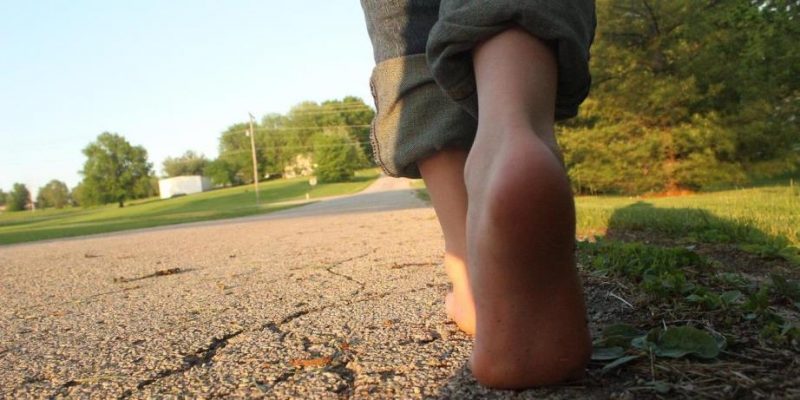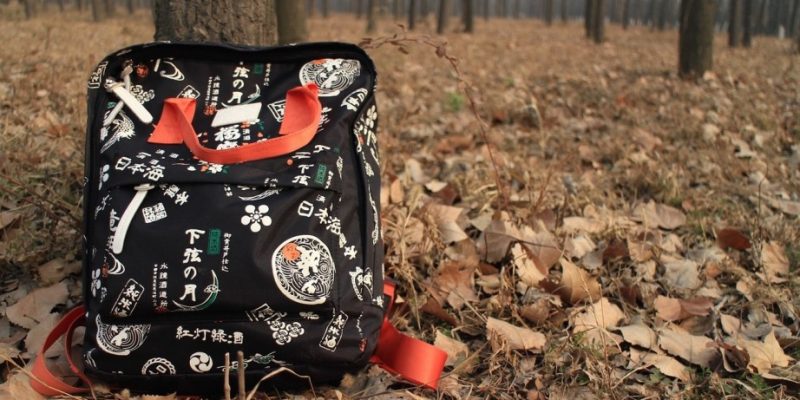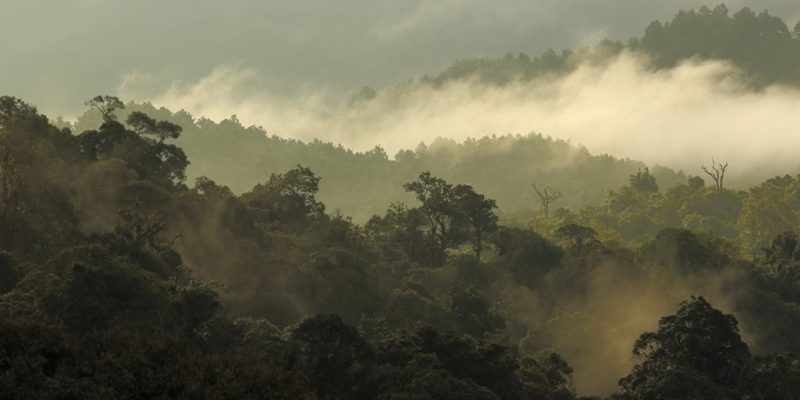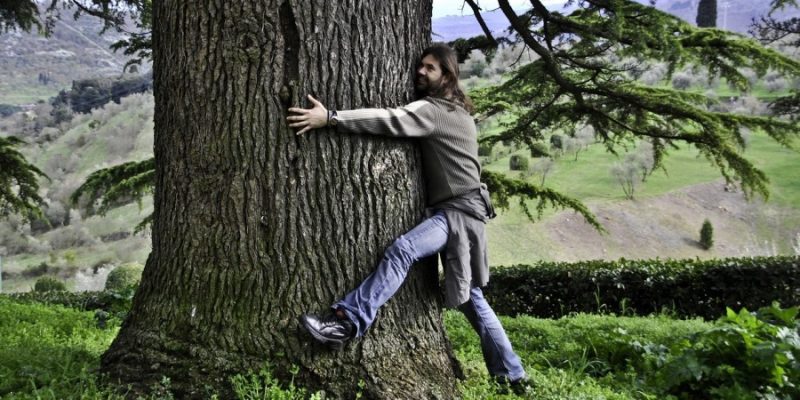
Wilderness Therapy is typically used as a treatment for behavioral disorders, addictions, criminal or maladaptive behavior, self-harm, and mental health issues in young people, notably adolescents.
Another often used term for Wilderness Therapy is Outdoor Behavioral Therapy, but you’ll also find labels such as Challenge Therapy, Adventure-based Therapy, Outdoor Therapy, Outdoor Experience Programs, Nature Therapy, Adventure Camps, Survival Camps, or Recreation Therapy, among other designations.

Research done about the effects of Wilderness Therapy show that it can reduce delinquent behaviors, usually improves physical health and fitness, can increase social and problem-solving skills, self-discovery, self-esteem, self-confidence, and self-efficacy, and can decrease emotional discomfort and psychological distress.
The idea is to spend time outdoors with a group of people that have the same age, status, ability, or issues, usually somewhere remote in nature, and reap the benefits of being confronted with a totally another environment, and of course, of being in nature, which is thought to calm, relax, teach respect, and give opportunities to reflect.
Additionally, it’s thought that participants learn to develop new, positive skill sets, and find themselves in a situation that stimulates personal and interpersonal growth. As a rule, Wilderness Therapy also includes therapy sessions with mental health professionals, such as psychologists, social workers, and so on.
During the experience the participants engage in a variety of (adventure) activities, such as hiking, trekking, rock climbing, expeditions, boating, games, setting up camps, cooking in primitive situations, and practicing survival techniques. The time spent in the wilderness (i.e. nature or rural area) can be just several days or several weeks, but depending on the (goal of the) program it may take six months, a year, or even longer.
Mind that participation in a Wilderness Therapy program is often involuntarily or semi-voluntary, in a sense that the alternative would be spending time in youth prison i.e. youth detention center, or in another “correctional institution.” Sometimes the affected adolescents are given the choice between one or the other, and in other cases they are simply “sentenced” to undergoing Wilderness Therapy.






